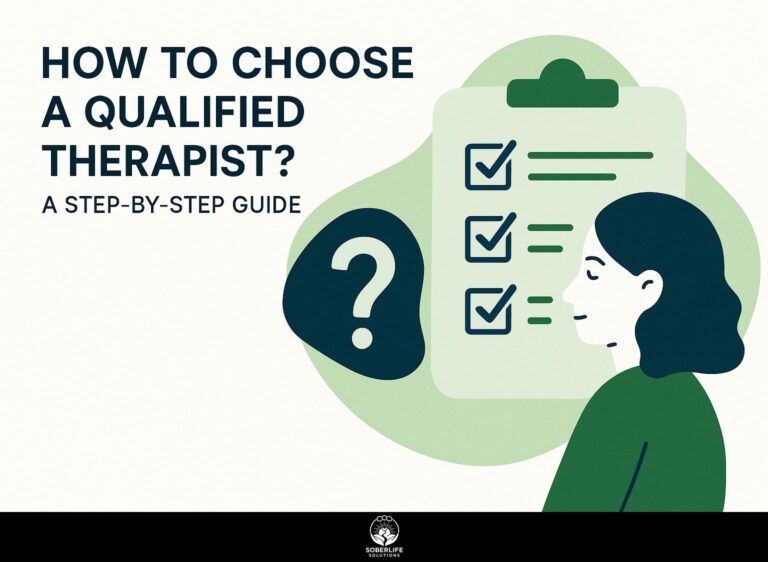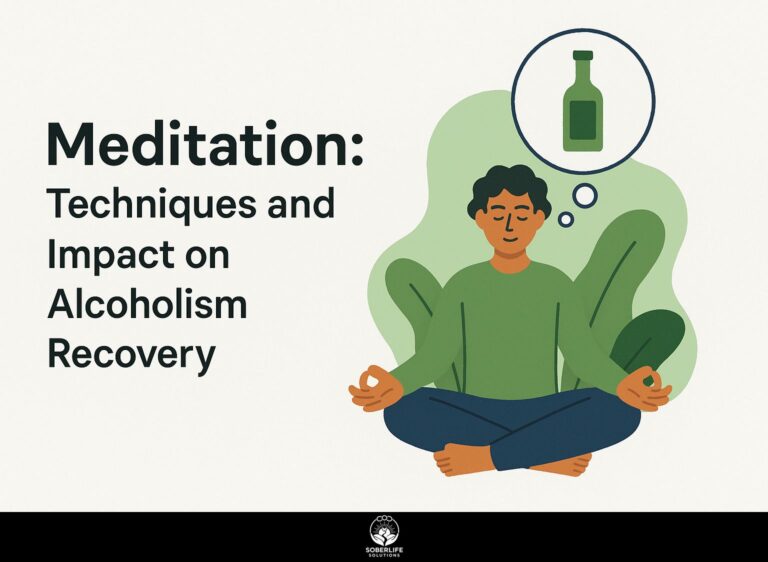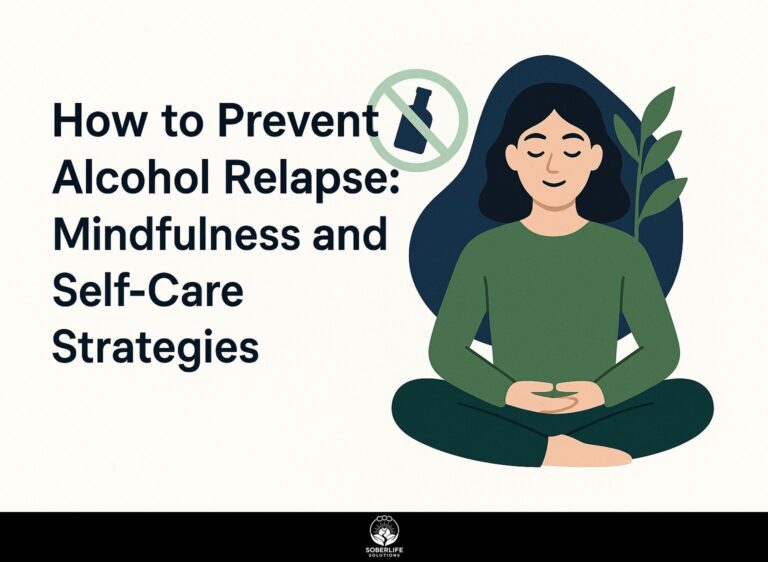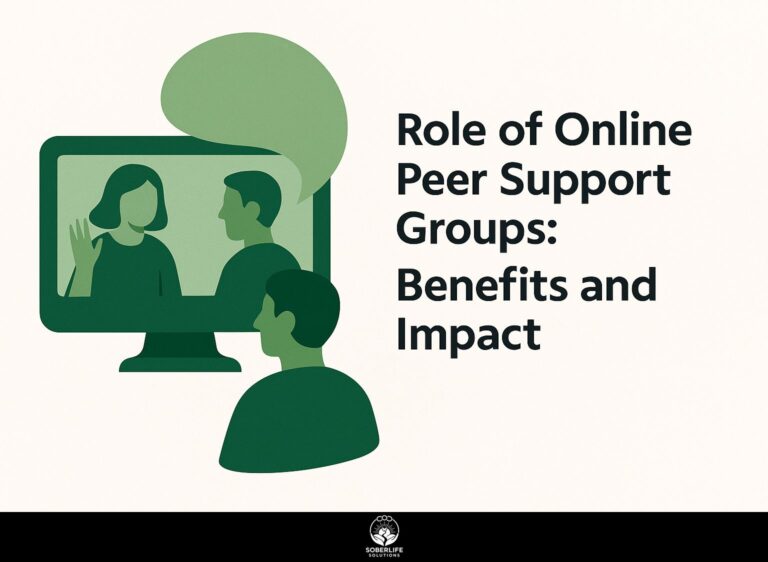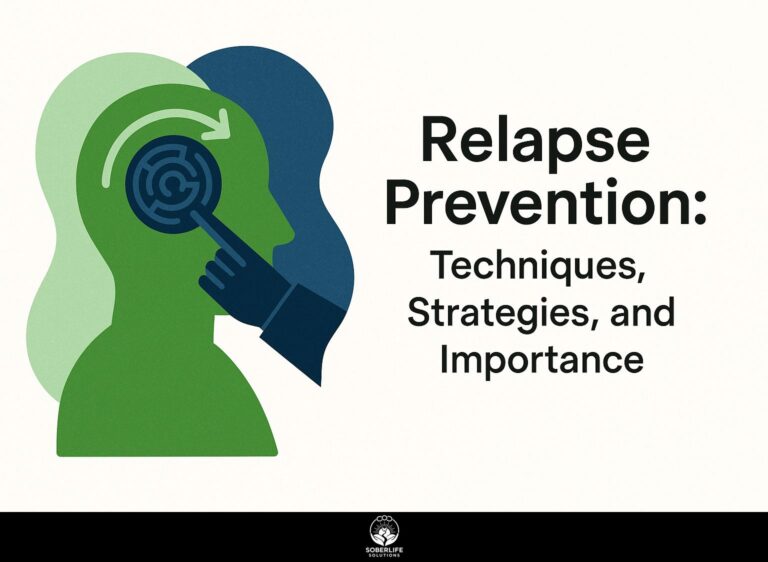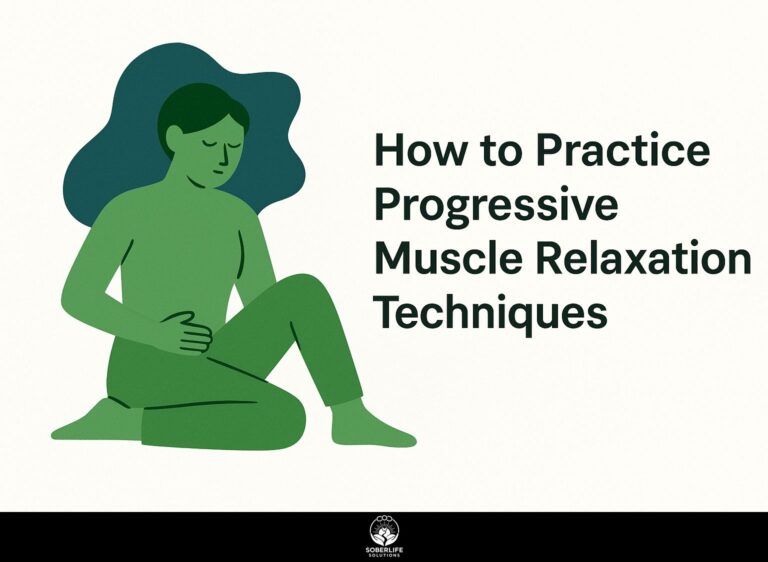Trauma-Informed Care: Approach and Application in Counseling
Introduction to Trauma-Informed Care
Trauma-informed care is changing health care organizations by focusing on how patients engage with their treatment. This method, endorsed by the Substance Abuse and Mental Health Services Administration, leads to better health results for those who have experienced trauma. In this article, we will discuss the key principles of trauma-informed care, its history, and how it can be applied in counseling, providing you with useful information to improve your practice and better support your patients.
Key Takeaways:
- Trauma-Informed Care focuses on safety, building trust, and giving people a sense of control. It acknowledges how deeply trauma affects individuals’ mental health and overall well-being.
- Implementing Trauma-Informed Care in counseling involves creating a safe environment and using specific assessment tools to address the unique needs of trauma survivors.
- Continuous training and research are important for improving Trauma-Informed Care practices, allowing counselors to handle challenges better and achieve better results for their clients.
Definition and Importance
Trauma-informed care is defined by its recognition of the widespread impact of trauma and the need for a safe, supportive environment to facilitate healing.
This method encourages patients to take charge by focusing on safety, reliability, and teamwork in treatment environments.
For instance, studies show a 40% increase in treatment adherence among trauma survivors when TIC principles are applied.
Practitioners can implement TIC by:
- Training staff on trauma awareness,
- Establishing clear communication channels,
- Offering choice and control during treatment.
Peer support programs can aid recovery by allowing individuals to share their experiences and provide encouragement. These programs create an environment that promotes healing and builds strength, similar to how sobriety can significantly improve mental health and overall emotional well-being.
Historical Context of Trauma-Informed Approaches
The development of trauma-informed care shows a change from old treatment methods to a more complete approach that recognizes the widespread impact of trauma.
This change started to gain attention in the late 1990s, mainly due to groups like the Substance Abuse and Mental Health Services Administration (SAMHSA). SAMHSA’s release of ‘A Trauma-Informed Approach’ in 2014 was an important point, highlighting the need for care settings to understand and address trauma in their practices. As noted in the overview of trauma-informed care on Wikipedia, this approach emphasizes understanding the effects of trauma across various settings. For those interested in the broader context of support systems, exploring the history of peer support can provide valuable insights into how these practices have evolved.
Key milestones also include the establishment of guidelines for training practitioners and the development of policies that promote a compassionate response to trauma.
Today, trauma-informed care is acknowledged in mental health, education, healthcare, and social services.
Core Principles of Trauma-Informed Care
The main ideas of trauma-informed care center on building spaces where survivors feel secure, valued, and able to take part in their healing process.
Safety and Trustworthiness
Building a safe and reliable space is essential in trauma-informed care because it forms the basis for strong therapeutic relationships and active patient involvement.
Training staff on trauma awareness is important to create this environment. For example, holding workshops to help staff recognize trauma responses can build empathy and improve their interactions.
Establishing clear communication guidelines is essential; staff must understand how to describe treatments and manage expectations effectively. A community clinic that put these practices in place experienced a 30% rise in patient satisfaction.
Holding regular feedback meetings with patients can improve these practices, making sure that care stays centered on what each person needs.
Peer Support and Empowerment
Including peer support in trauma-informed care helps patients feel more in control and encourages teamwork, which is important for their recovery.
To successfully start peer support programs, begin by training peer specialists who are knowledgeable about trauma and cultural differences.
Use resources such as the Mental Health First Aid curriculum, which equips peers with essential skills.
Next, form support groups that cater to diverse populations, ensuring they reflect the community’s various cultural contexts.
This could involve hosting workshops that focus on specific experiences, such as those faced by LGBTQ+ individuals or racial minorities.
Regular feedback meetings with participants can make these groups better, helping them to be more open and effective.
Understanding Trauma and Its Effects
Knowing the different kinds of trauma and how they impact mental health is important for healthcare providers to give caring and effective support.
Types of Trauma
Trauma can be broadly categorized into types such as acute, chronic, and complex trauma, each presenting unique challenges in the treatment process.
Acute trauma results from a single overwhelming incident, like a car accident, often leading to symptoms like flashbacks or anxiety.
Chronic trauma, on the other hand, stems from prolonged exposure to harmful situations, such as domestic violence, manifesting in feelings of hopelessness or emotional numbness.
Complex trauma, usually linked to repeated interpersonal trauma in childhood, can impact relationships and self-identity as seen in survivors of prolonged abuse. Understanding these distinctions is vital for professionals to approach treatment effectively, often utilizing techniques like cognitive-behavioral therapy (CBT) or trauma-informed care. For a deeper understanding of various therapy techniques that can aid in recovery, check out our [Therapy Techniques: CBT, DBT, and ACT for Relapse Prevention…](https://soberlifesolutions.com/therapy-techniques-cbt-dbt-act/).
Knowing these differences helps professionals create specific plans, using approaches like cognitive-behavioral therapy for urgent situations or trauma-informed care for more complicated cases.
Impact on Mental Health
Trauma significantly impacts mental health, contributing to conditions like PTSD, anxiety, and depression, which require informed and sensitive treatment strategies.
According to the CDC, nearly 60% of adults experience at least one traumatic event in their lives, leading to increased vulnerability to mental health issues.
Effective interventions should include cognitive-behavioral therapy (CBT), which focuses on changing negative thought patterns, and Eye Movement Desensitization and Reprocessing (EMDR), beneficial for processing trauma. The World Health Organization highlights that understanding and addressing the effects of trauma is crucial, especially in relation to PTSD and its treatment strategies ( source).
Both therapies are effective in reducing PTSD and anxiety symptoms. Building strong social support networks can improve recovery by offering emotional help, highlighting the value of both professional and community resources in healing from trauma.
Implementing Trauma-Informed Care in Counseling
Using trauma-informed care in counseling means taking thoughtful steps to assess clients, make sure they feel safe, and deal with issues related to their trauma.
Assessment and Screening Tools
Effective trauma-informed care starts with employing appropriate assessment and screening tools, helping clinicians identify trauma’s impact on patients.
Two key tools are the ACE questionnaire and the PTSD Checklist. The ACE questionnaire helps identify various kinds of trauma by assessing childhood experiences in ten specific areas, which is particularly useful in primary care settings.
Meanwhile, the PTSD Checklist measures symptoms of post-traumatic stress disorder, facilitating ongoing assessment of patient progress. According to the American Psychological Association, both instruments are essential for comprehensive assessments and effective treatment planning (PTSD Assessment Instruments). For those interested in exploring therapeutic options that can further support trauma recovery, our EMDR Therapy: Process and Effectiveness in Detox provides valuable insights.
Clinicians should use these tools during initial assessments and follow-up visits to gain a complete view of the patient’s trauma history and how it affects their current health.
Creating a Safe Therapeutic Environment
Creating a safe therapy space can significantly improve how comfortable and willing patients feel during counseling sessions.
To make a safe therapeutic space, pay attention to three important things: arrange the physical area well, maintain privacy, and develop trust with clients.
Changing the furniture layout to create a friendly environment can help patients feel more comfortable. Use soundproof materials, such as acoustic panels, to maintain privacy during meetings.
Building a connection at the beginning can lower anxiety. Experts such as Allison Dukes recommend using open-ended questions and truly listening. These changes create a welcoming space where clients feel comfortable expressing their thoughts and emotions.
Challenges and Barriers
Implementing trauma-informed care is important, but different challenges can slow down progress in health care organizations.
Resistance to Change in Practice
People often resist changing old methods because they don’t fully comprehend or are afraid of what trauma-informed care involves.
To handle this resistance, organize training workshops that focus on the specific needs of different staff positions.
- A basic workshop can focus on the key ideas of trauma-informed care, while more advanced sessions can teach specific methods for dealing with difficult situations.
Using case studies to show the benefits of this approach can strengthen our message. Sharing real-life examples with team members highlights the success of trauma-informed care and helps create a supportive environment for change.
Resource Limitations
Resource limitations can significantly hinder healthcare organizations from effectively applying trauma-informed care.
To overcome these challenges, organizations can look into certain funding options and work together.
The Texas Health and Human Services Commission gives grants to improve mental health services. Working with local nonprofits can help access shared resources and knowledge.
Working with a nonprofit that focuses on community health can provide training programs and lower operational costs. This way, healthcare organizations can strengthen their trauma-informed practices without going over budget.
New Approaches in Trauma-Informed Care
The continued development of trauma-informed care relies on regular training, research, and effective methods that enhance the quality of care provided.
Training and Professional Development
Training and professional development are necessary for helping healthcare workers gain the skills required to use trauma-informed practices successfully.
Programs like the Substance Abuse and Mental Health Services Administration (SAMHSA) offer specific training courses focusing on trauma education, integrating trauma-informed care into clinical practice. One of our most insightful case studies demonstrates how these training programs can enhance the effectiveness of healthcare providers.
Local health departments frequently run workshops that help providers understand patient backgrounds and change their approaches when necessary.
Online resources such as the Trauma-Informed Care Project offer webinars and toolkits that help practitioners assess their current practices and implement necessary changes, ensuring a more supportive environment for all patients.
Research and Evidence-Based Practices
Continuous research on trauma-informed care is essential for creating effective treatment methods that improve care in health care organizations.
Recent studies point out important areas where trauma-informed care can be improved.
For instance, integrating staff training programs on trauma awareness has been shown to significantly reduce patient re-traumatization.
Creating safe environments through thoughtful physical space design can promote healing.
Tools such as the Trauma-Informed Care Implementation Resource Center provide useful guides to help organizations evaluate their practices.
Listening to patient feedback helps organizations better meet their needs, so it is important for them to adjust based on real experiences.
Frequently Asked Questions
What is Trauma-Informed Care: Approach and Application in Counseling?
Trauma-Informed Care: Approach and Application in Counseling is a method that acknowledges how trauma affects people and uses this knowledge in the counseling process. It focuses on creating a safe space where clients feel respected and supported, enabling them to participate in their healing without experiencing further trauma.
Why is it important to use a Trauma-Informed Care: Approach and Application in Counseling?
Using a Trauma-Informed Care approach in counseling is essential because it helps counselors better understand their clients’ experiences. This approach fosters trust and safety, which are necessary for successful therapy. It also supports clients in their healing process and allows them to work through their trauma at a pace that feels right for them.
How can counselors implement Trauma-Informed Care: Approach and Application in Counseling?
Counselors can use Trauma-Informed Care in their work by learning about trauma, using practices that consider trauma in their sessions, and building a safe and cooperative environment. They should also invite clients to talk about their experiences and needs, adjusting their counseling methods based on what the clients share.
What are the core principles of Trauma-Informed Care: Approach and Application in Counseling?
The main ideas of Trauma-Informed Care in counseling are safety, trust, support from peers, teamwork, helping clients feel strong, and being aware of cultural differences. These ideas help counselors connect with clients and create a supportive environment that encourages healing.
How does Trauma-Informed Care: Approach and Application in Counseling differ from traditional counseling methods?
Trauma-Informed Care: Approach and Application in Counseling stands apart from traditional counseling by focusing on how trauma affects a person’s life. Instead of mainly trying to reduce symptoms, this approach looks at the root causes of trauma, supports overall healing, and encourages clients to take an active role in their treatment plans.
What outcomes can be expected from using a Trauma-Informed Care: Approach and Application in Counseling?
Using a Trauma-Informed Care approach in counseling helps clients manage their emotions better, build resilience, trust their therapist more, and take an active role in their healing. This method can result in better outcomes in therapy and a stronger sense of control for clients as they work through their recovery.

